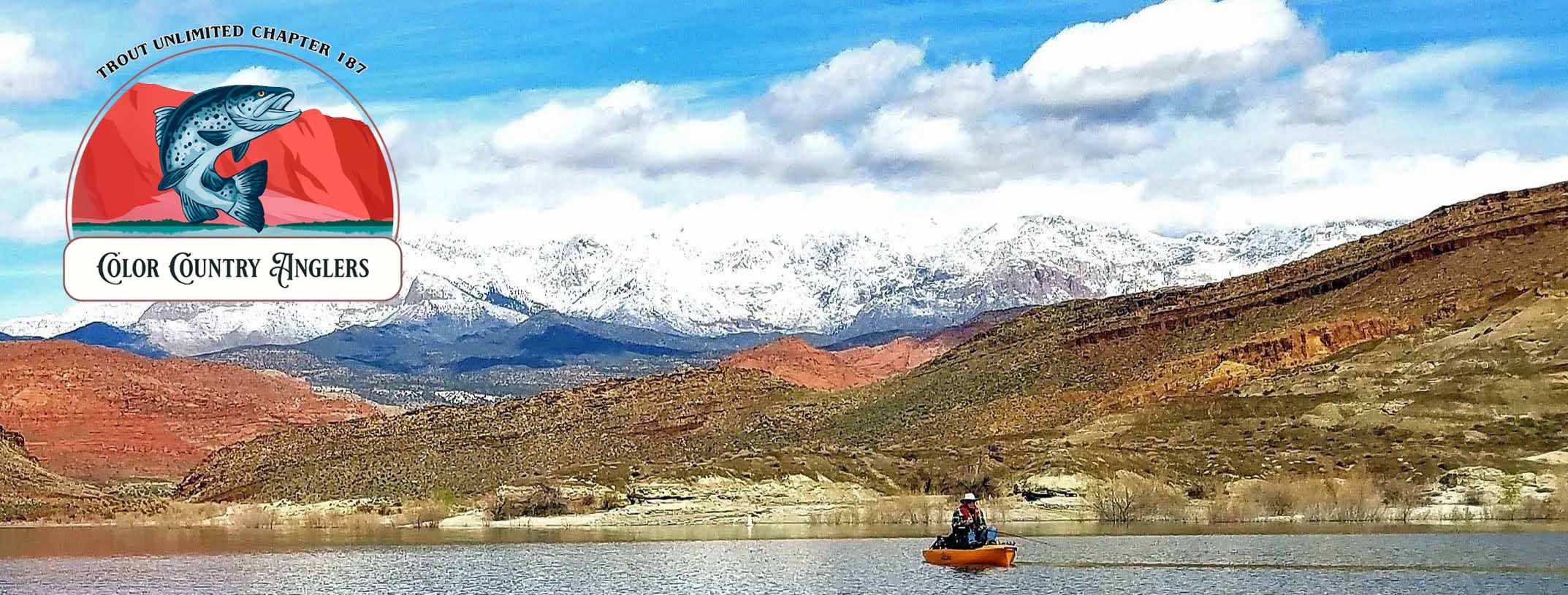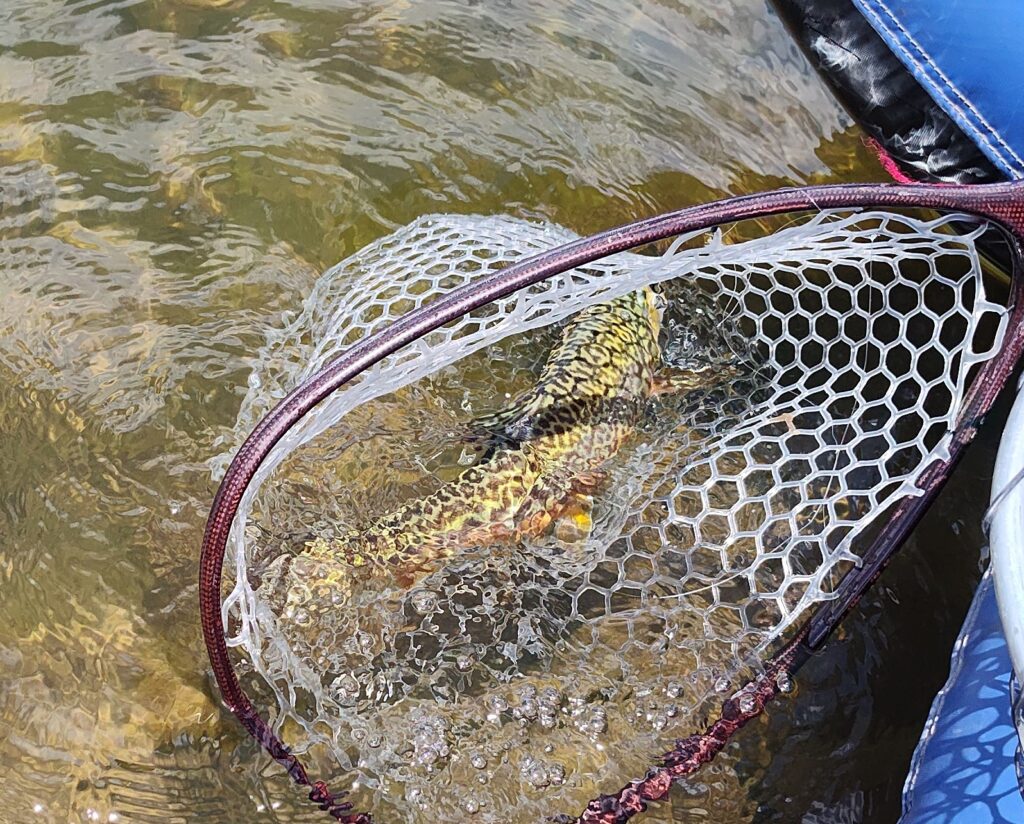Why Warm Water Can Be Deadly for Trout
When lake surface temperatures approach 70°F (21°C), both rainbow and cutthroat trout are at serious risk—even if released.
Why It’s Dangerous
- Low Oxygen: Warm water holds less dissolved oxygen, which trout need to survive.
- Higher Stress: Trout’s metabolism speeds up in warm water, requiring more oxygen that isn’t there.
- Weak Recovery: After a fight, trout have less energy to recover in oxygen-poor water.
- Greater Disease Risk: Prolonged stress weakens immune systems, making fish more vulnerable after release.
What Happens at 70°F
- High Mortality: Many trout die after release—sometimes hours or days later—due to stress, heat, and low oxygen. Mortality rates for rainbow trout at 70°F range from 9–16%. Cutthroat fare slightly better but are still vulnerable.
- Sluggish Fish: Trout become lethargic, feed less, and are less likely to strike.
- Thermal Refuge: Trout crowd into cooler spots (deep pools, spring creeks), increasing pressure on those areas.
- Internal Damage: Even if they swim away, trout may suffer organ damage or die from delayed stress.
Best Practices When Temps Rise
Most biologists recommend avoiding trout fishing at 68–70°F and above, sometimes called “Hoot Owl” restrictions.
If you choose to fish when temperatures are borderline:
- Check Temps Often: Use a stream thermometer and stop if the water reaches 68–70°F.
- Fish Early or Late: Stick to cooler times of day.
- Land Fish Quickly: Use gear that helps land fish fast and reduce exhaustion.
- Keep Fish Wet: Minimize air exposure; skip the photo if it takes too long.
- Wet Your Hands: Protect their slime layer.
- Use Barbless Hooks: Easier and safer to remove.
- Use Rubber Nets: They’re gentler than nylon or knotted nets.
- Revive if Needed: Gently hold fish upright in current until they swim off strongly.
Even with perfect technique, catch and release is far less effective in warm water. When temps hit 70°F, the most responsible choice is not to fish for trout.

